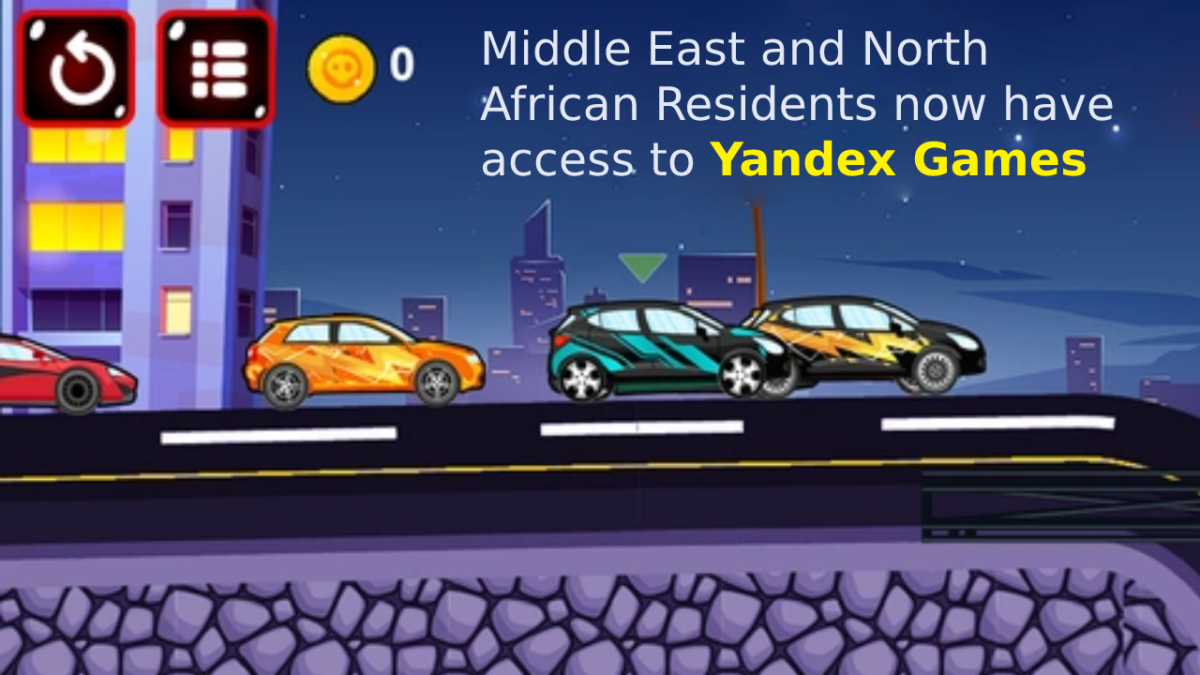In today’s highly competitive business landscape, companies are constantly seeking innovative ways to stand out from the crowd and capture the attention of their target audience. One powerful strategy that has gained significant popularity is cross branding. This article explores the concept of cross branding, its benefits, successful examples, implementation steps, challenges, and tips for a successful campaign.
Moonbox, a premier Branding agency in Dubai, specializes in providing a wide range of services to cater to diverse branding needs.
Introduction to Cross Branding
In an increasingly interconnected world, cross branding has emerged as a strategic approach to leverage the strengths of multiple brands in order to create mutually beneficial partnerships. It involves two or more companies coming together to collaborate on marketing initiatives and share resources, aiming to achieve common objectives and tap into new markets.
Definition and Explanation of Cross Branding
Cross branding is the practice of combining the identities, values, and marketing efforts of two or more brands to create a unique and compelling offering. By aligning themselves with complementary brands, companies can enhance their market presence, engage a broader audience, and reinforce their brand image.
Benefits of Cross Branding
Increased brand exposure
Collaborating with another brand allows for greater visibility and exposure to a wider audience. By leveraging the partner brand’s reach and customer base, companies can expand their market presence and attract new customers who may not have been previously aware of their offerings.
Expanded customer base
Cross branding opens doors to new customer segments that may have been difficult to reach independently. Through strategic collaborations, companies can tap into the existing customer base of their partner brand and build relationships with potential customers who have a demonstrated interest in related products or services.
Enhanced brand perception
Aligning with a well-established and reputable brand can positively impact the perception of a company. By association, the partner brand’s positive attributes and reputation can rub off on the collaborating brand, elevating its image and credibility in the eyes of consumers.
Examples of Successful Cross Branding Campaigns
- Nike and Apple partnership: The Nike+ Apple Watch collaboration brought together two iconic brands, leveraging their shared focus on fitness and technology. This cross-branding effort resulted in the development of innovative wearable technology, seamless integration with fitness apps, and a mutually beneficial marketing campaign.
- Coca-Cola and McDonald’s collaboration: These two global giants joined forces to create exclusive co-branded cups, collectible toys, and promotional offers. The cross-branding initiative not only boosted sales for both companies but also enhanced the overall customer experience by providing unique incentives.
- GoPro and Red Bull joint marketing efforts: GoPro cameras became synonymous with extreme sports and adventure, while Red Bull positioned itself as a leading sponsor of adrenaline-fueled events. The collaboration between these brands allowed for the creation of captivating content and thrilling experiences, which resonated with their shared target audience.
Factors to Consider for Effective Cross Branding
To ensure the success of a cross branding campaign, several factors should be carefully considered:
Target audience alignment
The partner brands should have a similar target audience to maximize the effectiveness of the collaboration. By understanding the overlapping interests and preferences of their respective customers, companies can tailor their marketing efforts to resonate with this shared audience.
Brand compatibility
It is crucial to select partner brands that have complementary products, services, or brand values. The collaboration should make sense from a consumer’s perspective and provide added value that neither brand could achieve alone.
Shared values and goals
Successful cross branding requires a strong alignment of values and goals between partner brands. When both companies share a similar vision and mission, it becomes easier to develop a cohesive marketing strategy and maintain a consistent brand message throughout the collaboration.
Creative synergy
The partner brands should have the potential to generate creative synergy, allowing for the development of unique and compelling marketing campaigns. By leveraging each brand’s strengths and expertise, companies can create a collaborative narrative that captivates the audience and differentiates them from competitors.
Steps to Implement a Cross Branding Strategy
Implementing a cross branding strategy involves a series of steps:
- Research and identify potential partners: Thoroughly research brands that share similar target audiences, values, and goals. Evaluate their market position, reputation, and previous collaborations to identify potential partners that align with your brand.
- Define the scope and objectives of the collaboration: Clearly articulate the purpose of the cross branding initiative, the desired outcomes, and the metrics to measure success. This step ensures that both brands have a clear understanding of the shared objectives and can align their efforts accordingly.
- Develop a mutually beneficial partnership agreement: Establish a formal agreement that outlines the roles and responsibilities of each brand, the terms of the collaboration, and the expected benefits. Address potential challenges, legal considerations, and dispute resolution mechanisms to ensure a smooth partnership.
- Plan and execute joint marketing activities: Collaborate on designing and implementing marketing campaigns that leverage the strengths of both brands. Develop creative content, promotional materials, and digital marketing strategies to engage the target audience effectively.
- Evaluate and measure the success of the campaign: Regularly monitor and analyze the performance of the cross branding campaign. Assess the impact on brand awareness, customer engagement, sales, and other relevant metrics. Use these insights to refine future collaborations and optimize the return on investment.
Challenges and Risks in Cross Branding
While cross branding can be highly rewarding, it also comes with challenges and risks that should be taken into consideration:
Brand dilution
If not carefully managed, cross branding can dilute the individual brand identities, resulting in confusion among consumers. It is essential to strike a balance that maintains each brand’s distinctiveness while effectively communicating the collaborative offering.
Misalignment of brand values
Partnering with a brand that does not share the same values or ethics can damage a company’s reputation. It is crucial to thoroughly assess the partner’s brand image, conduct due diligence, and ensure compatibility in terms of values, ethical standards, and corporate social responsibility.
Legal and contractual issues
Cross branding initiatives involve legal considerations, intellectual property rights, and contractual obligations. It is important to consult legal experts and establish clear agreements to protect the interests of all parties involved.
Read more on Does your Business Needs Branding?
Tips for a Successful Cross Branding Campaign
To maximize the potential of a cross branding campaign, consider the following tips:
- Thoroughly research potential partners: Conduct comprehensive research to identify brands that align with your target audience, values, and goals. Look for brands that have a positive reputation and a track record of successful collaborations.
- Ensure brand compatibility and alignment: Choose partner brands that have complementary products or services and share similar values and target audiences. This ensures a natural fit and increases the chances of a successful collaboration.
- Create a compelling narrative for the collaboration: Develop a story or concept that resonates with the target audience and effectively communicates the unique value proposition of the cross branding initiative. Craft a compelling narrative that captures attention and generates excitement.
- Leverage digital platforms and social media: Utilize digital marketing channels, social media platforms, and influencer collaborations to amplify the reach and impact of the cross branding campaign. Engage with the audience through creative content, interactive campaigns, and user-generated content.
- Monitor and analyze the campaign’s performance: Continuously track and measure the campaign’s performance using relevant metrics. Analyze the data to identify areas of improvement, optimize the marketing strategy, and refine future cross branding initiatives.
Conclusion
Cross branding offers a powerful strategy for companies to expand their reach, enhance brand perception, and tap into new markets. By collaborating with complementary brands, businesses can leverage shared resources, increase brand exposure, and create compelling marketing campaigns. However, a successful cross branding campaign requires careful planning, brand compatibility, and a deep understanding of the target audience. By following the outlined steps, considering the challenges, and implementing the tips provided, companies can unlock the full potential of cross branding and drive their businesses to new heights.
FAQs
1. How can cross branding benefit my business? Cross branding can benefit your business by increasing brand exposure, expanding your customer base, and enhancing brand perception through strategic collaborations.
2. What factors should I consider when selecting a cross branding partner? When selecting a cross branding partner, consider target audience alignment, brand compatibility, shared values and goals, and creative synergy.
3. What are the risks involved in cross branding? The risks in cross branding include brand dilution, misalignment of brand values, and legal and contractual issues that need to be carefully managed and addressed.
4. How can I measure the success of a cross branding campaign? You can measure the success of a cross branding campaign by tracking metrics such as brand awareness, customer engagement, sales, and other relevant performance indicators.
5. What are some examples of successful cross branding campaigns? Examples of successful cross branding campaigns include the partnership between Nike and Apple, the collaboration between Coca-Cola and McDonald’s, and the joint marketing efforts of GoPro and Red Bull.















